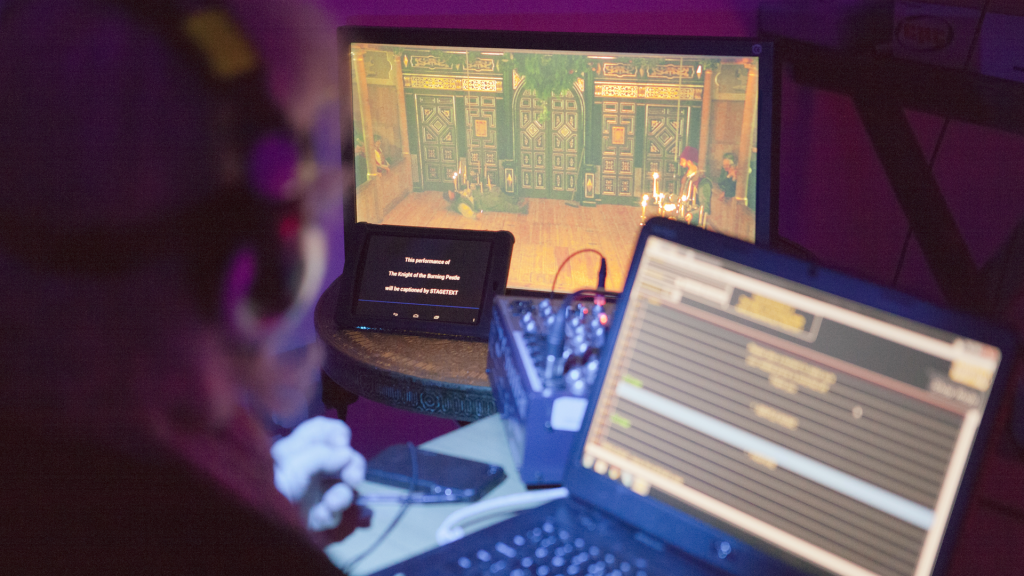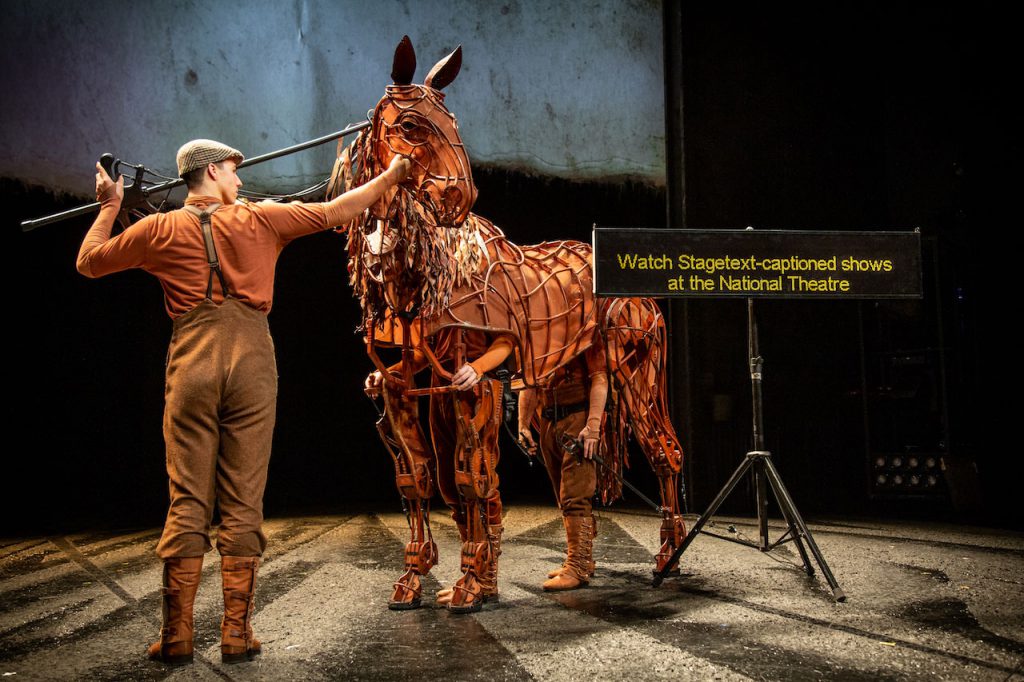Where can we reach the right audience?
Our website is the go-to place for listings of accessible performances. Once you’ve settled on when your captioned performance will take place, we can promote it on our listings page. We just need a synopsis of the show, an image, and details about how people can book their access tickets.
Captions are useful for a very wide audience. There may be people in your audience who don’t book access tickets, but still use the captions. Some people choose not to disclose that they are deaf, deafened or hard of hearing, and others use captions for different reasons, including to aid concentration, or to support literacy. So it pays to include information on captioned performances in all of your communications.
We can also raise awareness of your accessible show to deaf audiences through our newsletter and on our social media channels.






